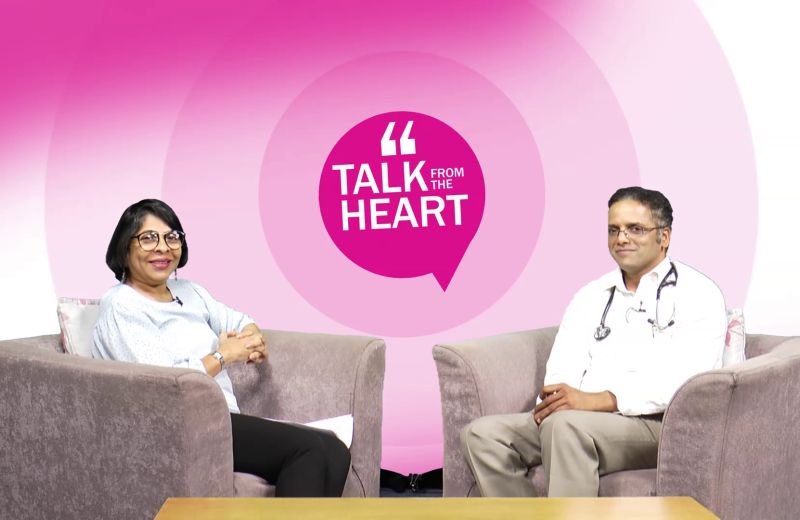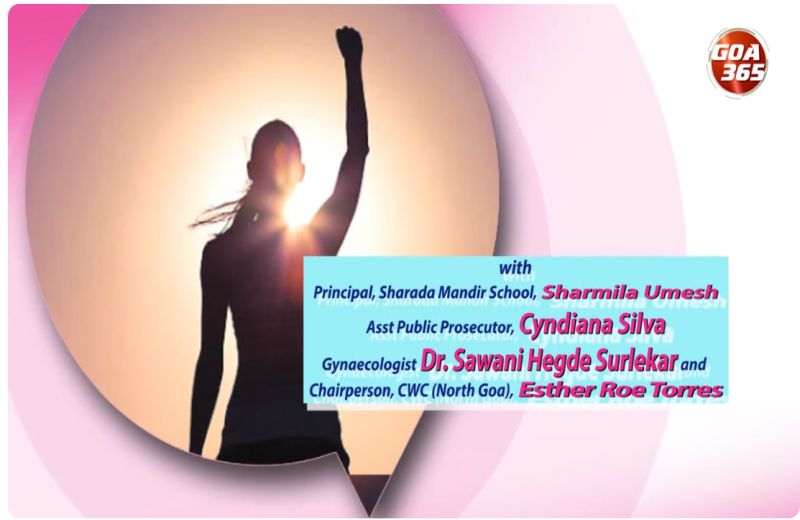Cardiovascular diseases (CVDs), the world’s leading cause of death, claim as many as 19.1 million lives each year, globally. According to a study by the Indian Council of Medical Research and Registrar General of India, India accounts for approximately 60 per cent of the world’s heart disease burden.
Consultant Interventional Cardiologist, Dr. Ajeya Mundhekar MD, DM (cardiology), was the guest on the Navhind Times, Talk from the Heart show that aired on the Goa 365 channel on Sunday, January 29.
A highly skilled interventional cardiologist with expertise in complex coronary interventions, he spoke in simple language which made the topics discussed easy to follow. “Surgery and the magical benefits of these procedures fascinated me,” he said as he recalled his journey as a physician and then a surgeon.
With the incidence of heart diseases on the rise, it is important to know the spectrum of cardio vascular diseases and more importantly the causes, so as to prevent and cure as required. Simplifying CVDs, he said, “Congenital heart diseases like a hole in the heart, atherosclerotic disease, cardio myopathies, valvular heart diseases and arrhythmias are some of the main heart diseases which are common.” An aging population, lack of regular exercise, unhealthy diet, insufficient sleep, smoking, binge-drinking, are some of the causes for these conditions he explained.
Also another important factor to keep in mind is that it has been found that Indians and Southeast Asians are at a higher risk of contracting a heart disease than their Western counterparts. Confirming this, Mundhekar explained, “There are two components to this, one is the hereditary factor and the other is the diet. Our diet is carbohydrate-rich and also we prefer spicy and oily food which adds to the risk of heart diseases.” Highlighting the importance of a healthy diet, with minimum carbohydrates, he said, “Refined carbohydrates give instant sugar rise and quite a lot of these sugars are converted in to fats and this leads to obesity, adiposity and blockages. Hence eat mindfully and eat healthy. In addition, exercise regularly.“
With the advancement in science and technology, drugs and procedures are ever evolving, and one would expect the number of CVD deaths to decline, however this is far from the truth. With the recent CVD-deaths of celebrities, the problem of CVDs and the rise of heart-disease related deaths have again come in to focus. In all these cases, the cardiac arrest was sudden, not leaving enough time for them to fight back. So, why do seemingly fit people die of cardiac arrest? Answering this question which is on everyone’s mind, he said, “Some of them died while in the gym and one of the reasons is that they may have undertaken a very intense exercise regime without proper planning and this over-exertion can lead to rupture of plaques. Plaques are formed due to cholesterol deposition over the years and when they rupture they cause a massive heart attack.“
It is hence important for those who are starting gyming or exercising after years of a sedentary lifestyle to consult a doctor before starting an exercise regime, suggested Mundhekar. Chest pain or discomfort, shortness of breath and palpitations are some telltale symptoms of heart diseases. The discomfort felt in one’s chest may spread to the arms, neck, back or even to the upper abdomen and this, he said is cause for alarm. Clinical assessment is the key to diagnosis which is followed by appropriate tests like ECG echocardiogram and stress tests like exercise ECG, he explained.




